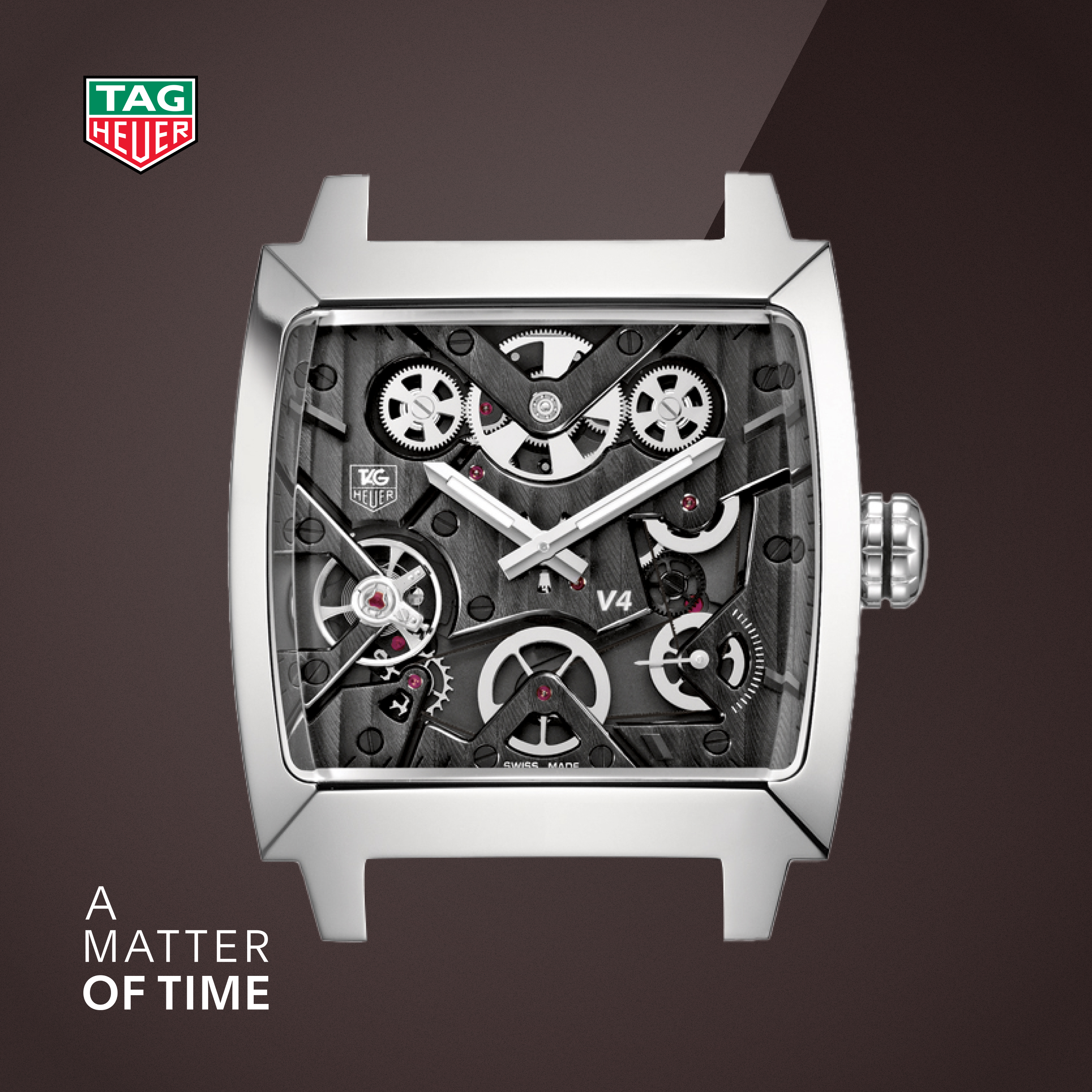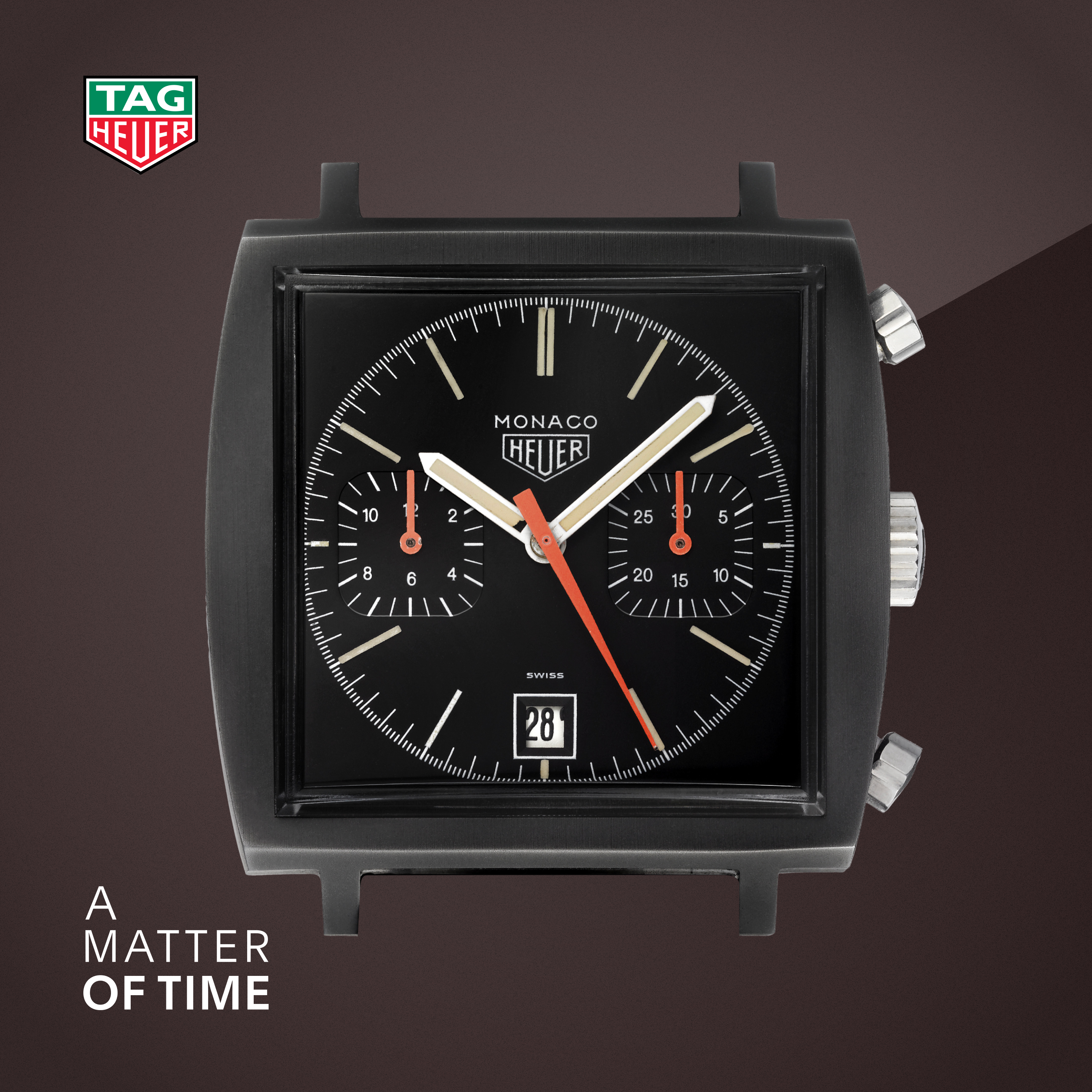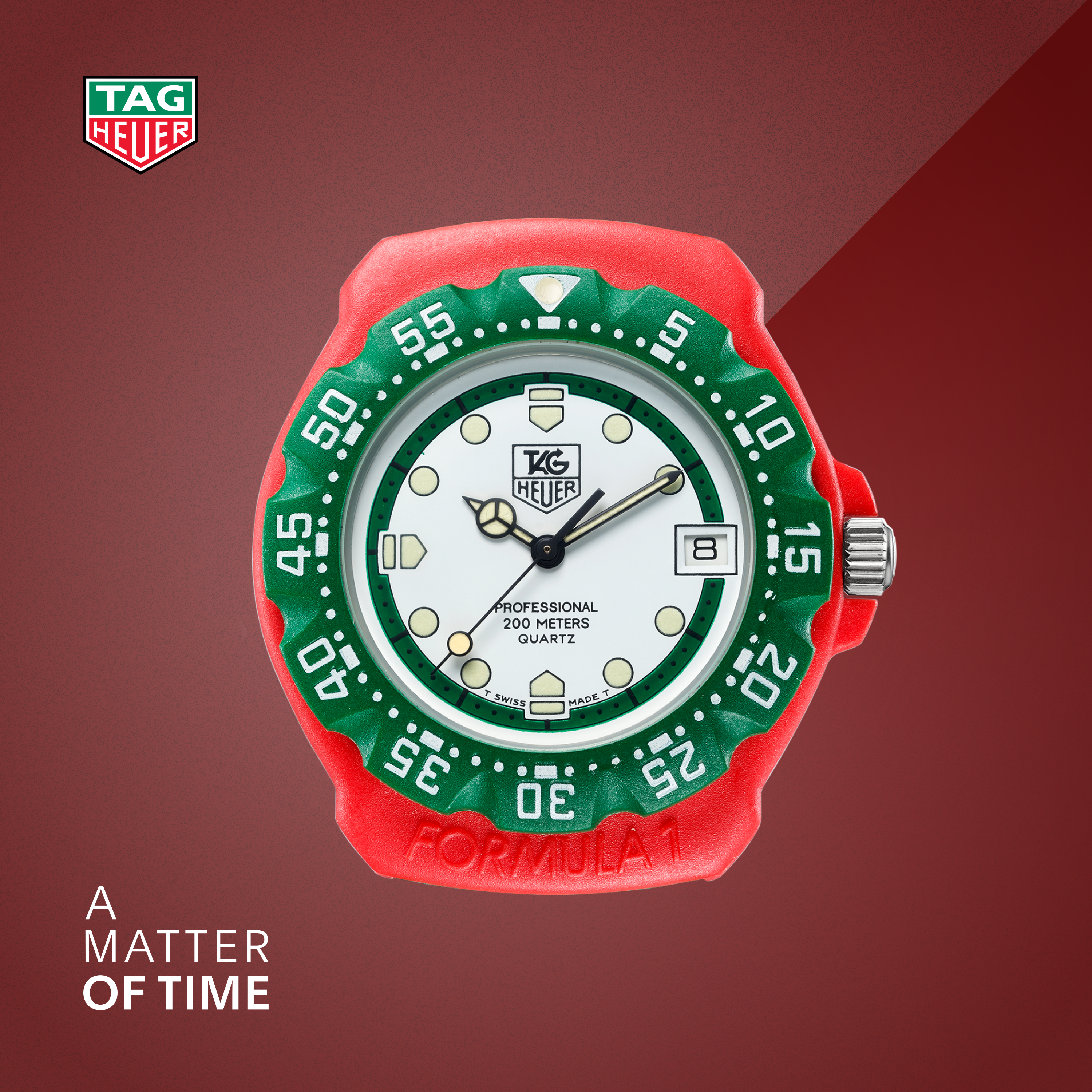[00:00:00] Speaker A: Welcome to a matter of time, a podcast by Tag Heuer. In this series we'll be discussing some of the iconic models from our past that carry through to our collections today. I'm your host, Nicholas Bibek, heritage director of TAg Heuer and a passionate enthusiast of swiss watchmaking.
Today we're going to be discussing one of our most iconic collections, the Monaco. And to begin the story we're going to go right back to the start, the so called chronomatic model, reference 1133 B.
To begin this story we need to wind back the clock a little bit further. Whilst the chronomatic models were launched on the 3 March 1969, we really need to understand the landscape that these watches existed within.
By the mid 1960s, the federation neurologer was breaking down the data for Swisswatch exports and it was clear that the manual wind models were losing ground to the automatic.
For Heuer at the time, this was a great challenge.
[00:01:05] Speaker B: The majority of our watches were chronographs.
[00:01:07] Speaker A: And without an automatic winding version we were going to find ourselves in more and more trouble.
Luckily, the man running the show for us was a visionary, the great Jack Hoyer, great grandson of our founder Edouard Hoyer, who established the company in 1860.
He was a different mold of CEO's of the period, joining the family business in 1958. Jack was a sprightly 25 year old and his first mandate was to establish an operation in North America, something which would be alien for most people who had just freshly graduated from university.
But Jack had the drive and the enthusiasm to work together with his uncle to establish a new organization in our most important market.
By 1962, Jack was running the entire business and overseeing the launch of the successful models such as the Autavia and then the Carrera. In 1963, he realised that we had to create an automatic chronograph and it's not something that we could achieve by ourselves.
Working together with the network of suppliers in the Swisswatch industry, such as Burren for the micro rotor movement and Dupois de Pras for the chronograph module, and collaborating with Breitling, Jack would establish what would be called Project 99 and go on to create the calibre eleven automatic chronograph movement, a great technical innovation for the era. It really was a vision for the future in a time when it was hard to understand what the direction for the industry might hold. Now, first of all, it might seem strange that two rivals would come closely to work together on such an unusual project.
But this is an indication of how tight knit and closely collaborative the watchmaking community was during this era. So now we get to this grand moment. The 3 March 1969. The simultaneous launch of the first commercially available automatic chronograph movement.
We debut the calibre eleven in our three most iconic families, the Autavia, the Carrera and the brand new Monaco.
Whilst Autavia and Carrera had already existed for a number of years previously, the Monaco made its debut as an automatic chronograph. So really was the pinnacle of cutting edge technology for the era.
What made the Monaco particularly unusual was its square case, the first of its kind that was waterproof and could feature a chronograph complication.
When we picture the Monaco today, we see the square profile of the watch. But we have to think what this must have looked like in 1969. Up until this point, nearly every watch that was available in the marketplace was round or possibly oval at a push. But we had a standard silhouette for what a wristwatch would look like. To see something that was not only square, but a large piece of stainless steel with its sharp facets, its brushed finish, it was something out of this world.
I always like to imagine that it must have been like an alien spaceship arriving at a watch fair when it made its debut. As you look through the cabinets, it really looked like nothing else that had existed before. And it's easy to understand why such creative visionaries as Stanley Kubrick, who produced 2001 A Space Odyssey, and Sammy Davis Junior, a visionary in the music industry, would come to see the Monaco reference 1133 as a loyal companion in their day to day lives.
Another defining characteristic of the Monaco that we've embraced in the collections today is the blue dial.
[00:04:52] Speaker B: During this era, the vast majority of.
[00:04:54] Speaker A: Watches were black or white or some kind of shade of grey in between. Nothing particularly exciting.
[00:05:00] Speaker B: So to see in these first versions.
[00:05:02] Speaker A: These so called chronomatics, this bright blue, iridescent dial.
And for me, it really encapsulates the mood of the late 1960s, this idea of progress, these defining eras in art and technology. It really felt like a very progressive and exciting time.
We think of the pop of the colors in fashion, we think of the work of the great artists operating this era. And here we can see where the Monaco draws its inspiration.
And whilst we're talking about the dial, perhaps it's an opportunity to also talk about the chronomatic name. Now, as we look at most vintage heuers from this era, we see the model name above the Heuer shield, and then the automatic chronograph on all of these watches, powered by the calibre eleven. But here what we see is chronomatic above the Heuer shield and then the Monaco name at 06:00 and the reason for chronomatic? We can guess. Perhaps it's the combination of the words chronograph and automatic. We'd already used this idea with the autavia, a combination of automobile and aviation. And in fact, this was a shared name between Breitling and Heuer, and it was intended to be a generic reference to the calibre eleven. We had already decided in advance of the launch that our product names were strong enough, or Tavia, Carrera, and Monaco, that in fact, we would drop the chronomatic name. So it's only this very, very first series of production that features it on the vintage Heuers, and as a result, they're incredibly rare and command truly spectacular prices among the ardent collectors who chase them. Now, for me, the Monaco really is a complete package. Between this stark, brutalist stainless steel case and this bright blue iridescent dial, it's this mixture of contrarian factors that make it so special. My personal favorite is this interesting five link and supple design that we often see on vintage Monaco's. It really is quite spectacular, and it's easy for us to understand how it could form the inspiration for a number of iconic models that would follow in the next few years. I understand that using the descriptive medium of podcasting might not always present the pictures that you have in mind, but luckily, through our online
[email protected] you can see pictures of everything that I've referred to today.
[00:07:20] Speaker B: I hope you've enjoyed this first episode.
[00:07:22] Speaker A: Of a matter of time. Please do subscribe and give us a five star review wherever you are. And of course, I'm extremely keen to hear all of your feedback that you might have for future episodes.


